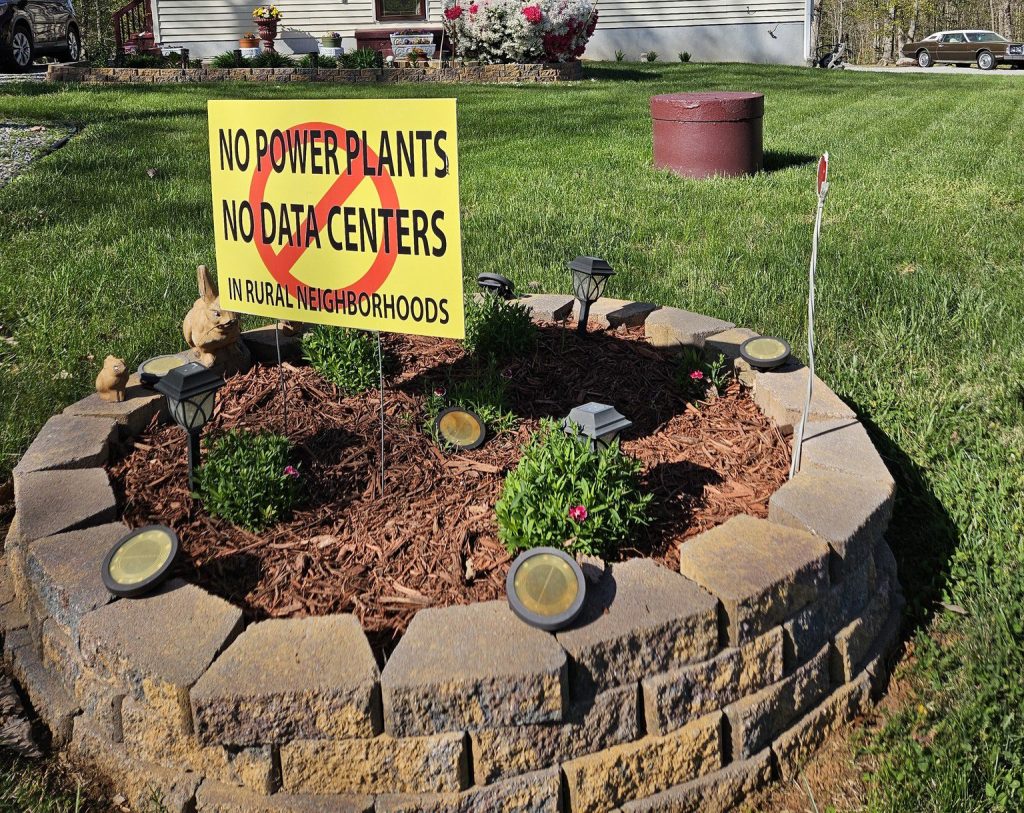Buffalo Creek – 35 years later
Imagine. You’re cooking breakfast. Suddenly, the lights blow out. A low rumbling sound like an explosion echoes down the hollow. You run outside. Someone screams: “The dam has broke!”
You grab the children and run uphill — any direction will do.
Then you hear it. A three story wall of water roars down your quiet valley, moving like a gigantic black snake, almost solid from its enormous pressure, taking out one house, twisting in its path, sparing another, plunging recklessly through the narrow valley.
For 5,000 residents of Buffalo Creek, WV, this was Saturday morning, Feb. 26, 1972. When it was over, one hundred and twenty five people died, over a thousand were injured, and 4,000 were left homeless.
“This is the most tragic thing I’ve ever seen in my life,” sobbed one young man, sitting on a cot in the Man, WV high school gym a few days later. “I’m sorry that God let me live to see it.” The heartbreaking moment was captured on film and, 35 years later, can be seen on the Appalshop web site.
Three dams made of coal waste had been bulldozed across Buffalo Creek in the years before the disaster. The dams were “doomed to failure” because they were so poorly built. A particular problem was that dam number 3 did not have an emergency spillway because building it would have held up production in a nearby mine, a Pittston engineer said.
Building a dam without an emergency spillway is considered so grossly unethical that Buffalo Creek has literally become “Lesson One” in engineering ethics programs around the country.
Also deeply unethical was the lack of warning to residents below the dams. Two concerned deputy sheriffs who drove up to the dam an hour before the break were told that everything was fine. Had they been able to notify the residents, they said that few, if any, would have been killed.
Compounding the tragedy was the lack of government response. One survivor recalled that “nobody said ‘here’s a blanket and here’s a dress for your wife’ or `Here’s a sandwich. Could I give you a cup of coffee?’ They never showed up.”
The Pittston Coal Co. claimed that the disaster had been an “act of God” and disclaimed all responsibility. A county grand jury refused to return indictments, despite apparent violations of state and federal laws.
Governor Arch Moore said at the time that the media coverage of the disaster was “an even greater tragedy than the accident itself.” He proposed the construction of a new community center and a redevelopment project, none of which was ever funded. Meanwhile, residents were packed into flimsy trailer parks and abandoned.
A Citizens Commission to Investigate the Buffalo Creek Flood was formed, and one member, Rev. Jim Sommerville, said: “We think that this coal company, Pittston, has murdered the people…”
Many lawsuits were filed, but in the largest, 600 survivors and family members of victims sued Pittston for $64 million and settled for one fifth of that. Each person won an average of $13,000 after costs.
Today, driving through the hollows of this land, there are few signs of the flood itself. But it’s hard not to notice the quality of life diminish as you go up the Buffalo Creek valley and nearby coal camps.
Amid the scenic beauty, the landscape is scarred with abandoned houses and junkyard trailers. The community stores sell an impoverished diet of biscuits and pizza. Lining the kind faces of these gentle people there is a wearyness and an uneasyness that comes from years of looking over their shoulders.
In interviews with survivors of Buffalo Creek, it’s hard not to notice something else: their stoicism and their capacity for endurance. Tneh have no vendetta against coal mining. They are not deep into politics, but they respect human life. And clearly, they wish that the coal companies had done the same.
Fifty miles to the east, on a Sunday afternoon, Ed Wiley leans over his coffee table and ponders charts of the Schumate coal impoundment which, he believes, could be the next Buffalo Creek. It’s only a few miles from his house but it is directly above Marsh Fork Elementary School. Until last year, Wiley’s granddaughter attended the school, and his protests and marches have draw attention to the dangers the children face.
It’s not just a grandparent’s worry. Wiley knows very well what he is worrying about. He has worked on many of these impoundments and he understands their problems, ranging from a lack of compaction to organic soft spots to dead trees clogging drain pipes.
The impoundment above the school was six acres out of its permitted boundary, Wiley says. When the coal slurry overflowed, it killed trees that should have been removed. The dead trees can rot and get into the relief pipes, putting more pressure on the dam, Wiley says. Other indicators of problems include leaking and questionable construction techniques, according to Mine Safety and Health Administration inspections obtained under the freedom of information act.
Wiley has been lobbying for a new elementary school out of harm’s way, and started Pennies of Promise last year to try to fund part of the school.
Wiley has spent a lifetime in coal mining, running bulldozers, driving trucks, pulling miles of slurry line. He even worked on the Schumate impoundment above the school. “Never did I think about the community down there, the somes, the kids in school.”
He has no excuse he said. “I never made $13.50 before. I never had a medical card. I never had a truck.”
Then, as his granddaughter began getting sick about three years ago, the reality of the situation “hit me like a sledge hammer.”
Related Articles
Latest News

Leave a comment
Your email address will not be published. Required fields are marked *




